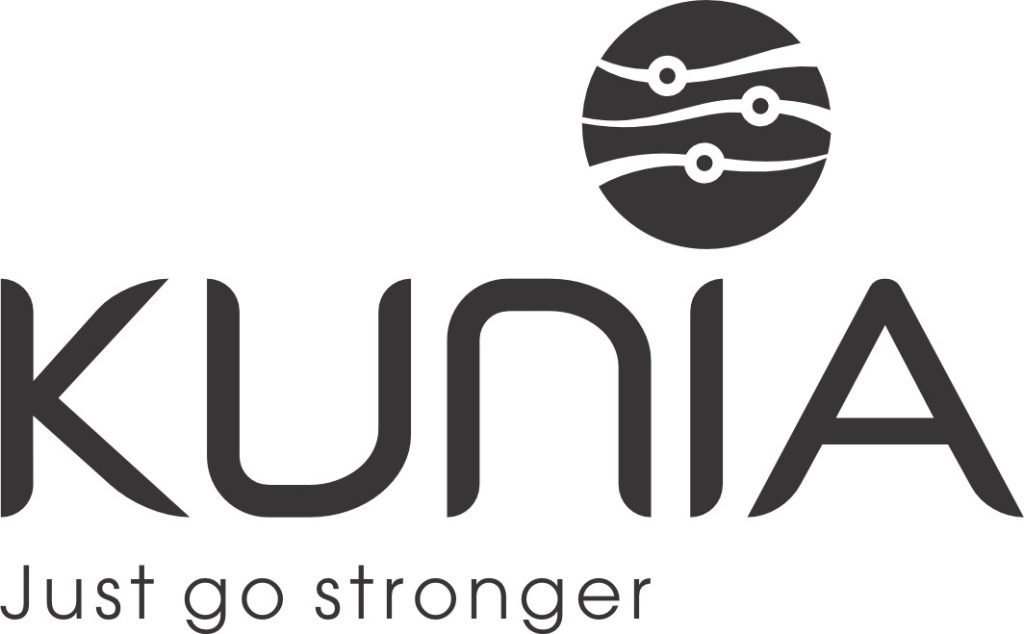How to Improve Virtual Board Communication
Prior to the pandemic, many boards were in the process of going virtual. This means it’s more crucial to effectively communicate even when you’re not meeting face-to-face. While some of the techniques that work for in-person meetings don’t necessarily translate into virtual communication However, there are some easy changes that could make all the difference.
Set up a timetable for video calls or emails. The use of a schedule prevents members from becoming behind in communication on the board and will ensure that they check their emails regularly regardless whether it’s a meeting day or not.
Utilize video conferencing or screen sharing to give your board members the complete experience of collaboration in person. These tools allow for audio and visual communication, which is crucial for building trust within your group.
Be sure to have a designated minutestaker for your virtual meetings. This person should be able to record the motions in full and include the person who made the move, how it was seconded, and what the outcome of the vote was.
Using a whiteboard software which provides real-time markup lets your virtual coworkers to feel more connected to the meeting. One of the more popular options is Freehand, which enables users to draw on a whiteboard using markers and comes with an option for group chat. However, it doesn’t include the capability to share files or documents therefore you’ll require a different application for audio, visual or text communication outside of your whiteboard. Another option is Mural which is a whiteboard tool with advanced features that are suited for teams of all sizes and which can be integrated with other apps to offer additional features.
